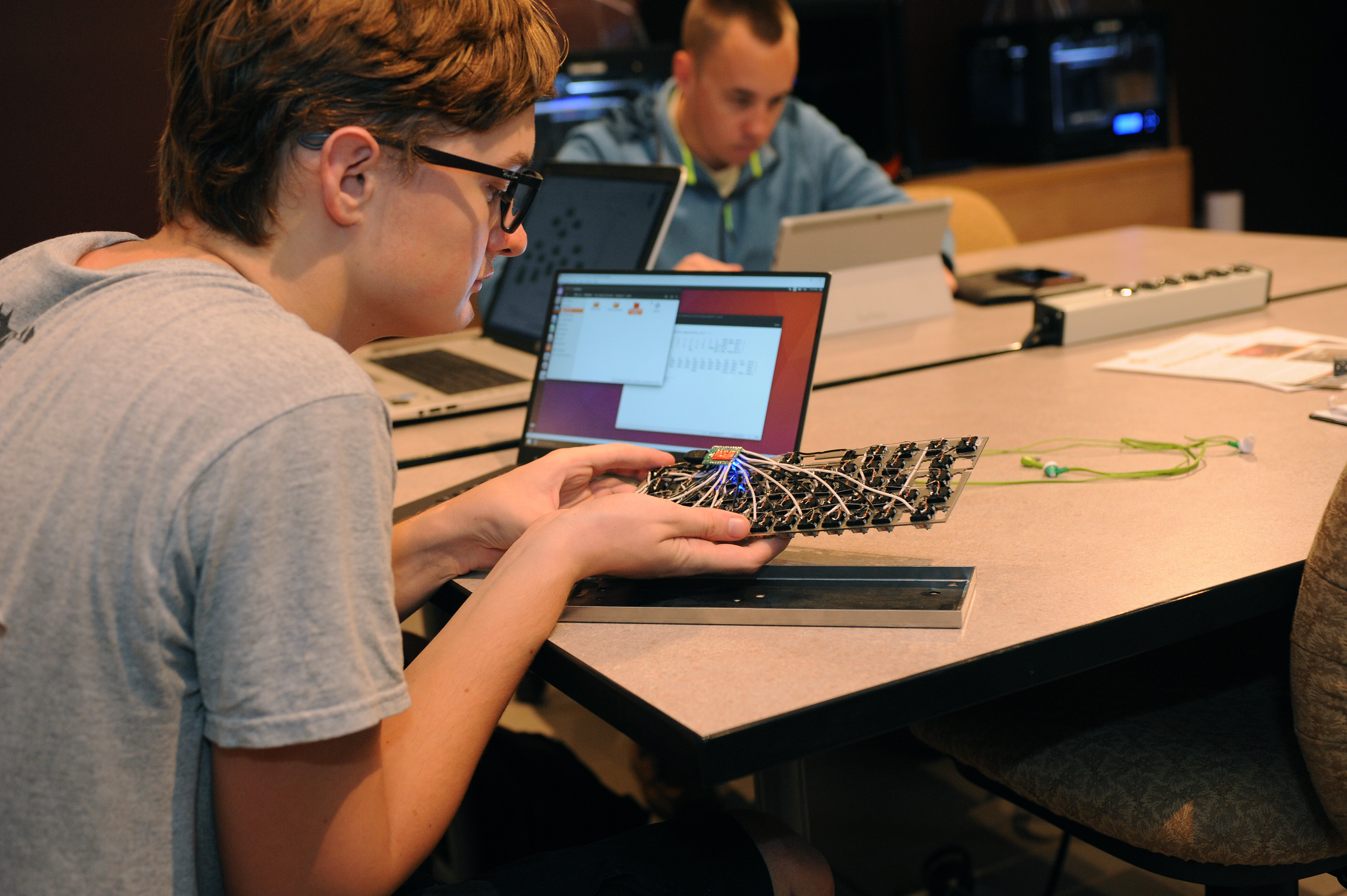Document Type
Conference Proceeding
Publication Title
Proceedings of SPIE - the International Society for Optical Engineering
Abstract
This paper discusses the fundamental issues being investigated by Florida Institute of Technology (F.I.T.) to implement the technology of smart structural systems for DoD, NASA, and commercial applications. Embedded sensors and actuators controlled by processors can provide a modification of the mechanical characteristics of composite structures to produce smart structures1-3. Recent advances in material science have spurred the development and use of composite materials in a wide range of applications from rotocraft blades and advanced tactical fighter aircraft to undersea and aerospace structures. Along with the advantages of an increased strength-to-weight ratio, the use of these materials has raised a number of questions related to understanding their failure mechanisms. Also, being able to predict structural failures far enough in advance to prevent them and to provide real-time structural health and damage monitoring has become a realistic possibility. Unfortunately, conventional sensors, actuators, and digital processors, although highly developed and well proven for other systems, may not be best suited for most smart structure applications. Our research has concentrated on few-mode and polarimetric single-fiber strain sensors4-7 and optically activated shape memory alloy (SMA) actuators controlled by artificial neural processors. We have constructed and characterized both few-mode and polarimetric sensors for a variety of fiber types, including standard single-mode, high-birefringence polarization preserving, and low-birefringence polarization insensitive fibers. We have investigated signal processing techniques for these sensors and have demonstrated active phase tracking for the high- and low-birefringence polarimetric sensors through the incorporation into the system of an electrooptic modulator designed and fabricated at F.I.T.. We have also started the design and testing of neural network architectures for processing the sensor signal outputs to calculate strain magnitude and actuator control signals for simple structures.
First Page
123
Last Page
137
DOI
10.1117/12.963090
Publication Date
2-5-1990
Recommended Citation
Grossman, B., Alavie, T., Ham, F., Franke, J., & Thursby, M. (1990). Fiber-optic sensor and smart structures research at florida institute of technology. Proceedings of SPIE - the International Society for Optical Engineering, 1170, 123-137.


